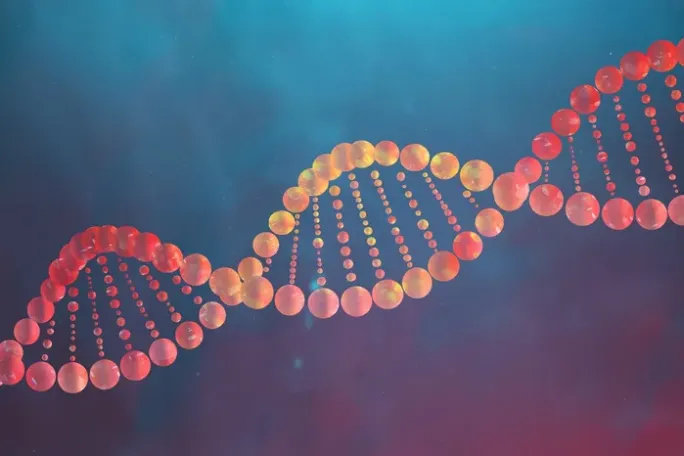In the context of laboratory testing and quality control, a negative control is a crucial component used to ensure the accuracy and reliability of an assay or experiment. It is a reference sample that should not contain the analyte or substance being tested for. Here are critical points about negative controls:
- Quality Control: Negative controls are an integral part of quality control procedures in laboratory testing, including toxicology testing, molecular biology, and various analytical assays.
- Purpose: The primary purpose of a negative control is to confirm that the experimental system, equipment, and procedures are working correctly and are free from contamination. It provides a baseline response that is expected to be absent or minimal.
- Absence of AnalyteThe component of a system to be analyzed. More: Negative controls should ideally contain none of the targeted analyte or substance under investigation. They are used to assess whether any detected signals or responses are specific to the analyte and not due to other factors.
- Machine CalibrationThe act of checking or adjusting (by comparison with a standard) the accuracy of a measuring instrument. Operation that, under specified conditions, in a first step, establishes a relation between the quantity values with measurement uncertainties provided by measurement standards and corresponding indications with associated measurement uncertainties and, in a second step, uses this information to establish a relation for obtaining a measurement result from an indication. More: Negative controls are particularly useful in evaluating the performance of analytical instruments, such as mass spectrometers or chromatographs. If the machine produces a response for a negative control sample, it may indicate an instrument’s calibration or cleanliness issue.
- Baseline Response: In many assays, the negative control is expected to produce a baseline response close to zero. Any significant deviation from this baseline may suggest problems with the assay or contamination.
- Preventing False Positives: Negative controls help identify and prevent false positive results, which are erroneous signals or responses indicating the presence of the analyte when it is not actually present.
- Types of Negative Controls: Negative controls can take various forms depending on the specific assay or experiment. In toxicology testing, they might consist of blood, urine, or serum samples free of the targeted drug or substance. They could include samples lacking the DNADNA, or Deoxyribonucleic Acid, is the genetic material found in cells, composed of a double helix structure. It serves as the genetic blueprint for all living organisms. More or RNA sequence of interest in molecular biology.
- Statistical Comparison: Results from experimental samples are often compared to the responses from negative controls to determine the significance of the observed effects or signals.
- Positive Controls: Besides negative controls, positive controls ensure that the assay or experiment is sensitive enough to detect the analyte when it is present. Positive controls contain a known amount of the analyte or a substance that reliably produces a response.
In summary, negative control is a critical component of quality control in laboratory testing. It serves as a reference sample that should not contain the analyte being tested for, helping to confirm the accuracy and reliability of the experimental system and the absence of contamination or interference. Researchers and analysts can ensure the validity of their results by using negative controls alongside positive controls and maintain the quality of their assays.



